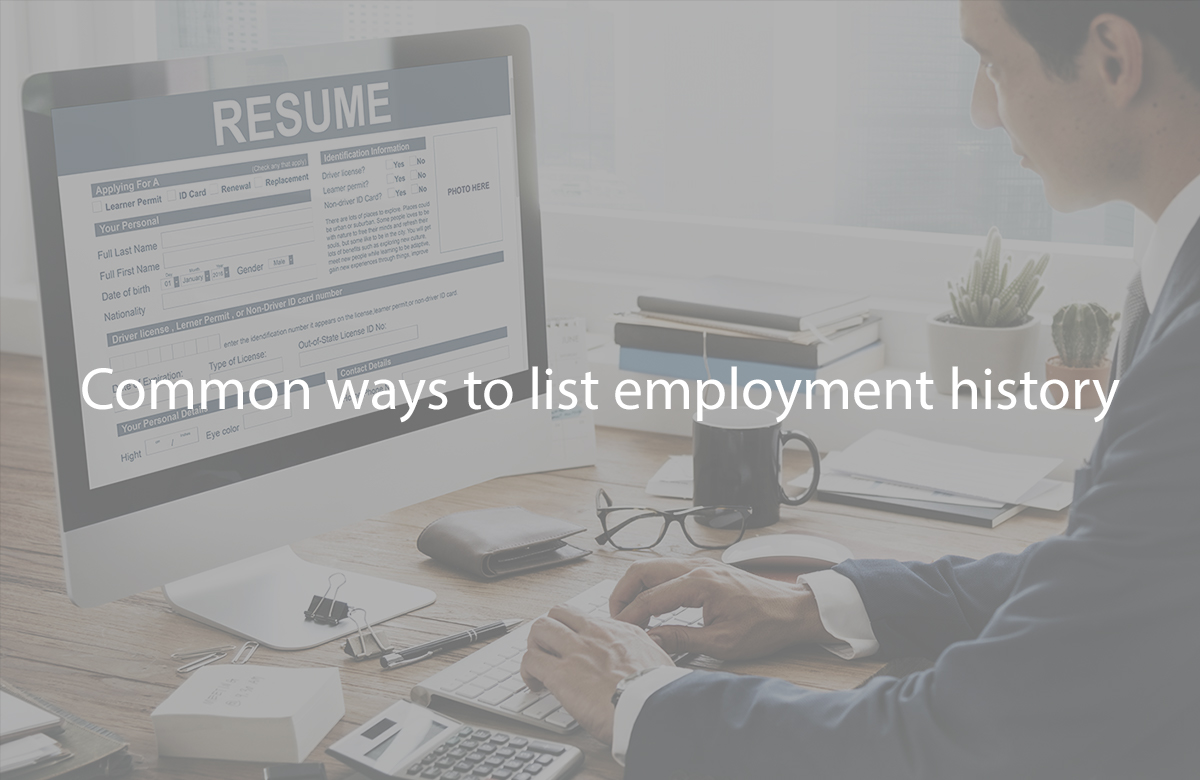
Common Ways To List Employment History
Common Ways To List Employment History : Listing your employment history on your resume is a crucial part of showcasing your work experience to potential employers. There are several common ways to format and present your employment history, including the following:
- Reverse Chronological Order : This is the most widely used and preferred format. Start with your most recent or current job and work backward in time. It highlights your most recent and relevant experiences first.
- Functional Resume (Skill-Based) : In a functional resume, you focus on your skills and achievements rather than the chronological order of your work history. This format is useful when you have gaps or frequent job changes.
- Combined/Hybrid Resume : A combined or hybrid resume combines elements of both the reverse chronological and functional formats. It includes a skills section upfront but also provides a chronological work history section.
- Project-Based Resume : In this format, you list your employment history based on significant projects or assignments rather than individual job positions. This can be effective for professionals with project-driven roles.
- Freelance or Self-Employed Resume : If you’ve worked as a freelancer, consultant, or have been self-employed, you can list your work experience based on projects or clients.
- Consulting or Contracting Resume : When you’ve held multiple consulting or contract positions, consider listing them in a straightforward manner, emphasizing your versatility and expertise.
The choice of how to list your employment history depends on your unique circumstances and career objectives. Most job seekers opt for the reverse chronological format, but other formats can be more suitable for specific situations, such as highlighting skills or managing employment gaps. Make sure to select the format that best represents your qualifications and aligns with the job you’re applying for.
